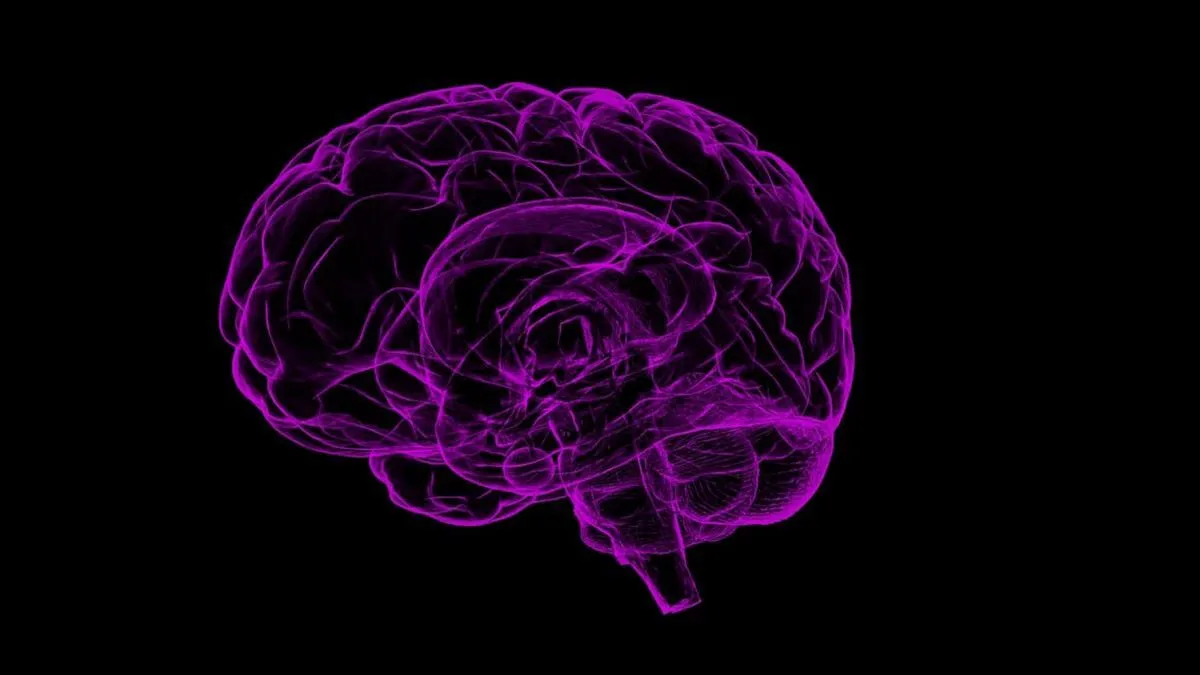Lab-Grown Mini Brains Could Revolutionize Neurological Research

Scientists have managed to create lab-grown brain models that mimic live neural networks better than ever. This breakthrough gives researchers a whole new tool to dig into brain disorders like autism, schizophrenia, and Alzheimer’s disease. By linking areas that don’t usually interact in traditional models, these organoids are shedding fresh light on how different parts of the human brain communicate.
How Whole-Brain Models Are Evolving
Researchers carefully pieced together small organoids from tissues of several brain regions so they could work in harmony. These mini-brains were fused to each other, letting them interact and send network responses much like a real brain would. Using light-sheet microscopy, the team checked that the merged organoids fired off electrical signals. The light patterns they observed showed clear connections between different areas, proving that these models can closely mimic actual brain activity.
On top of that, these models even developed an early blood-brain barrier—a key gatekeeper that decides what can get into brain tissue—making them super useful for drug testing. Scientists can now gauge permeability while watching how the neural networks develop over time.
What’s Inside Multi-Region Organoids and Their Benefits
For this breakthrough, the team grew cerebral organoids alongside endothelial ones and added parts from either the midbrain or hindbrain. Proteins acted like biological glue, helping these parts connect and mature into structures that produce electrical signals. This coordination across different regions is a big win for studying whole-brain disorders.
These multi-region organoids bring a lot to the table by combining tissues that naturally work together in a human brain. This setup lets researchers see the chain reaction between different areas—a detail that’s often lost when studying separate tissues. In turn, scientists can build stronger hypotheses and avoid many experimental dead ends.
How These Models Shape Drug Development
The range of uses for these lab-grown brain models is impressive. They let researchers follow neurodevelopment in real time, spotting where connections are strong, weak, or even mistimed. Remarkably, these organoids keep a mix of neuron types similar to what you’d find in a 40-day-old human fetus and house about 6 to 7 million neurons.
This progress means a lot for drug development. With neuropsychiatric drugs failing about 96% of the time, these whole-brain organoids provide a closer mirror to human development than animal models. They help in ranking drug targets, picking the right doses, and weeding out risky compounds early on. Plus, they pave the way for personalized medicine by allowing tests on patient-specific organoids.
Looking Ahead: Ethical Questions and What’s Next
Even with all these perks, these organoids aren’t full brains—they don’t match the size, maturity, or neuron count of an adult brain. Still, they have enough neurons to give us a detailed look at early brain activity. While ethical questions are always in the mix, it’s clear that although these models show signs of complex activity, they don’t have consciousness.
Moving forward, scientists plan to boost the stability of nutrient flow (perfusion) and get even more detailed data from these models. Better flow could mean longer studies and signals that line up more neatly with what’s seen in animal behavior, linking lab findings even closer to what happens in clinical settings.
Published in Advanced Science, this research shines a light on how fused organoids can “talk” to each other, build early barriers, and act as an integrated network. It’s a mix that gives both depth and practicality for future brain research.
This breakthrough gives us a peek at a future where neurological disorders might be better understood—and eventually treated—thanks to innovations emerging from lab-grown brain models. As the science keeps moving forward, it’s exciting to think about how these advances will help us better grasp the intricacies of the human brain.